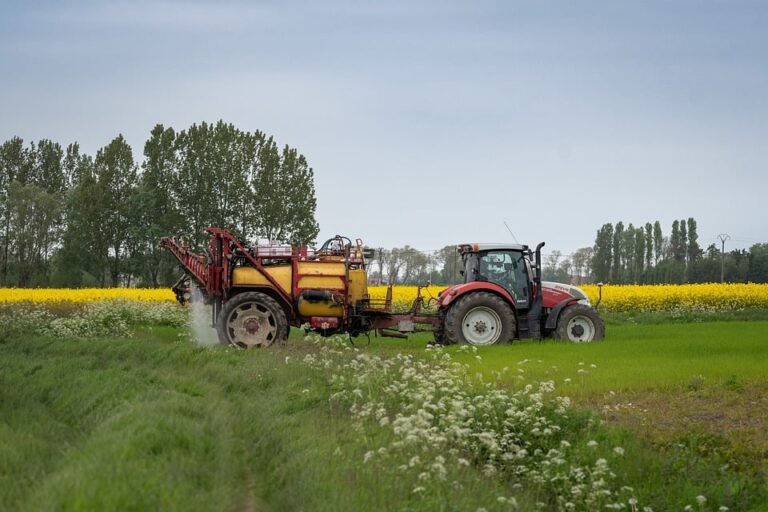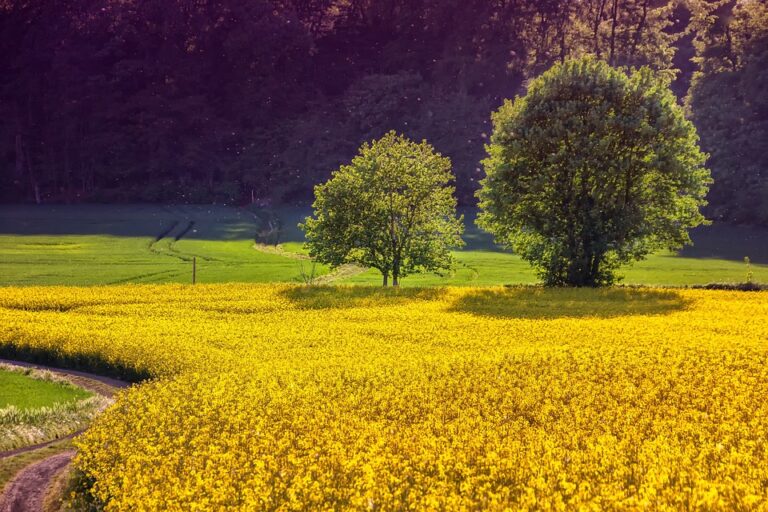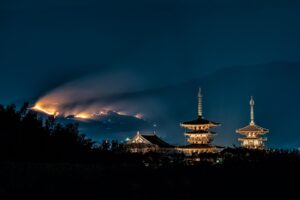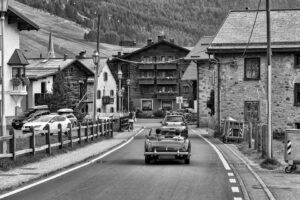From Folklore to Festivals: Celebrating the Unique Cultural Heritage of Russian Villages
Russia is a land of diverse cultures and traditions, each region having its own unique identity rooted in history and folklore. The heart of Russian culture lies in its villages, where centuries-old traditions are preserved and celebrated through festivals and events that showcase the rich cultural heritage of the country.
The Importance of Folklore in Russian Culture
Folklore plays a significant role in Russian culture, shaping the beliefs, values, and traditions of the people. Russian folklore includes a vast array of myths, legends, fairy tales, and songs that have been passed down through generations, reflecting the history and customs of the Russian people.
One of the most famous figures in Russian folklore is Baba Yaga, a witch-like character who appears in many folk tales as a fearsome and powerful woman who lives in a hut on chicken legs. Baba Yaga represents the wild and unpredictable forces of nature, and her stories are often used as cautionary tales for children.
Other popular folk tales in Russian culture include stories of the Firebird, a magical creature that brings good luck, and the tale of Vasilisa the Beautiful, a young girl who outwits a cruel stepmother with the help of a magical doll.
Celebrating Russian Folklore through Festivals
One of the ways in which Russian villages celebrate their cultural heritage is through festivals that showcase traditional music, dance, food, and crafts. These festivals are a vibrant and colorful display of the unique traditions and customs of each region, bringing together locals and visitors alike to celebrate the rich culture of Russia.
One such festival is Maslenitsa, also known as Pancake Week, which takes place in the week leading up to Lent. Maslenitsa is a joyous celebration of the end of winter and the coming of spring, with people taking to the streets to eat blini (thin pancakes) and participate in games, music, and dancing.
Another popular festival is Ivan Kupala Day, a summer solstice celebration that combines elements of pagan and Christian traditions. On Ivan Kupala Day, people gather around bonfires to sing and dance, and young couples jump over fires holding hands in a ritual symbolizing love and unity.
Preserving Traditional Crafts in Russian Villages
In addition to festivals, Russian villages also preserve their cultural heritage through traditional crafts such as pottery, embroidery, and woodworking. These crafts have been passed down through generations and continue to be practiced today, providing a link to the past and a source of income for many villagers.
One of the most famous traditional crafts in Russia is Matryoshka doll-making, a form of wooden nesting dolls that are hand-painted with intricate designs. Matryoshka dolls are a symbol of Russian culture and are popular souvenirs for tourists visiting the country.
Russian villages are also known for their intricate embroidery work, which is often used to decorate clothing, linens, and household items. Traditional Russian embroidery patterns often feature floral motifs and geometric designs, with each region having its own unique style.
Woodworking is another traditional craft that is passed down through generations in Russian villages. Wooden toys, utensils, and furniture are all handcrafted by skilled artisans using traditional techniques, preserving the craftsmanship and artistry of the past.
Connecting Past and Present through Cultural Heritage
By celebrating their cultural heritage through festivals, traditional crafts, and folklore, Russian villages are able to connect the past with the present and ensure that their unique traditions continue to thrive for generations to come. These celebrations serve as a reminder of the importance of preserving cultural identity and the rich history of Russia.
Through the preservation of folklore, festivals, and traditional crafts, Russian villages are able to showcase the unique cultural heritage that makes their communities so special. Visitors to these villages are able to experience the rich tapestry of Russian culture firsthand, immersing themselves in the traditions and customs that have been passed down through generations.
In conclusion, the cultural heritage of Russian villages is a treasure trove of folklore, festivals, and traditional crafts that showcases the rich history and traditions of the country. By celebrating their unique cultural heritage, Russian villages are able to preserve their traditions and customs for future generations to enjoy and appreciate.





